A Simple Passover in light of the Resurrection
Preparing a simple Passover meal does not have to be complicated. But if you google Passover seder ideas, you may get overwhelmed!
Because Passover is such a central celebration, many wives and mothers love to focus on a beautiful table setting complete with fresh flowers and an exquisite meal.
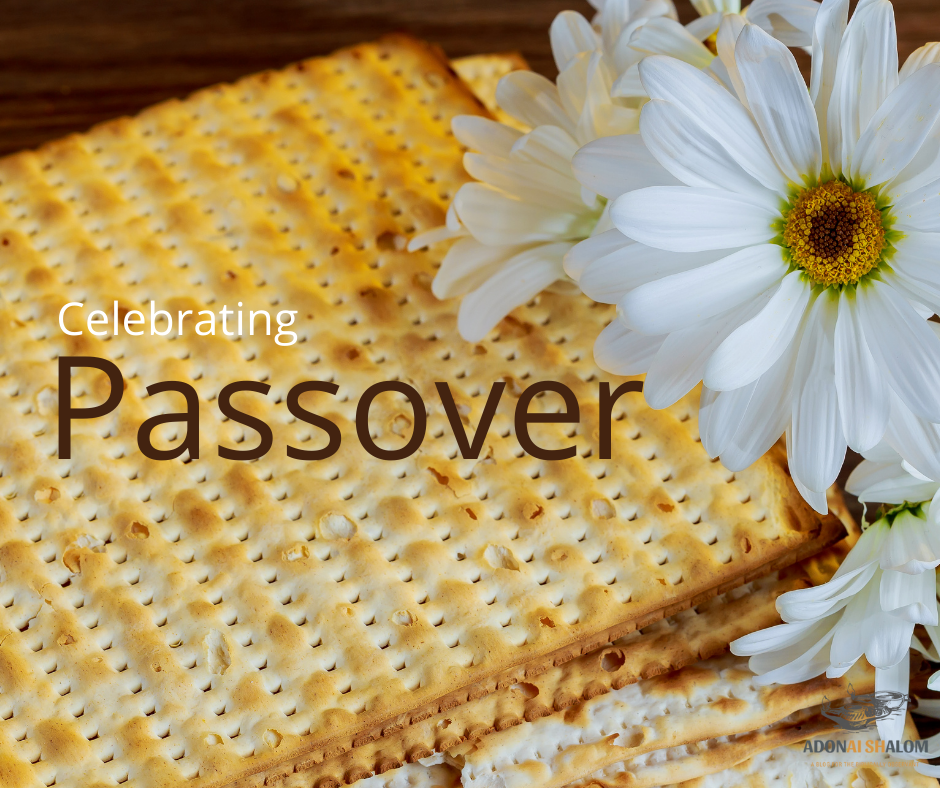
And there’s nothing wrong with that.
I’ve done my share of elegant Passover meals.
But this year, I’m going simple.

Post-Resurrection Passover
What does Passover mean for us, now, post-resurrection? Should we still celebrate the Passover meal?
Of course!
Miraculous things have happened during Passover. Not only does Passover commemorate the Israelites receiving freedom from Pharaoh, the Lamb of God – Messiah Yeshua (Jesus the Christ) was our paschal offering. We have been freed from bondage to sin and death!

Even after the resurrection, Passover remained a central celebration.
In the book of Acts, we see that the believers continued to recognize the various Biblical feasts.
In Acts 12, Peter was captured during Passover/Feast of Unleavened Bread, but the LORD sent an angel to break the chains and free him from Herod.
It was yet another sign to the believers that the LORD was with them. They would have clearly understood the connection that Peter was set free during the celebration of their collective freedom.
So yes, we absolutely should have a Passover meal, but Martha, dear, we absolutely don’t need to stress out over it.
Remember, Messiah Yeshua took our stresses for us.
Teaching our children
Everyone I know uses a hagaddah for Passover. Hagaddahs are Passover reading guides. They contain lots of Scripture and explanations of why we celebrate Passover at all. The hagaddah can be especially useful for explaining the Messianic fulfillment of Passover to young believers. There’s absolutely nothing wrong with it but as the years go along, my little family is getting tired of it. (It is quite lengthy!) Now I know, I know, just because you find something to be (gasp!) a bit redundant or boring doesn’t mean it should be abandoned. But, on the other hand, why do something if you aren’t finding it to be refreshing to your soul? It is ok to take a break!
We are mandated by God to remind and train our children – to teach the generations of the victory won. So we do not abandon Passover! We will still gather and we will still have a wonderful meal together. But we don’t “have to” use a hagaddah.
This year, we plan to do a more simplistic explanation and just enjoy our time together as a family. When we hold congregational seders, I believe using a hagaddah is appropriate, and we have done that many times in the past. If we don’t use it this year, quite possibly we would next year, but give yourself permission to change it up a bit. We don’t want to become “religious” about this. Be led by the Spirit of the LORD – allow Him to help you to teach your children and honor the specialness of the Passover.
The important thing is to ensure that everyone seated at the table understands the purpose and meaning of the seder meal as well as related Scriptures.
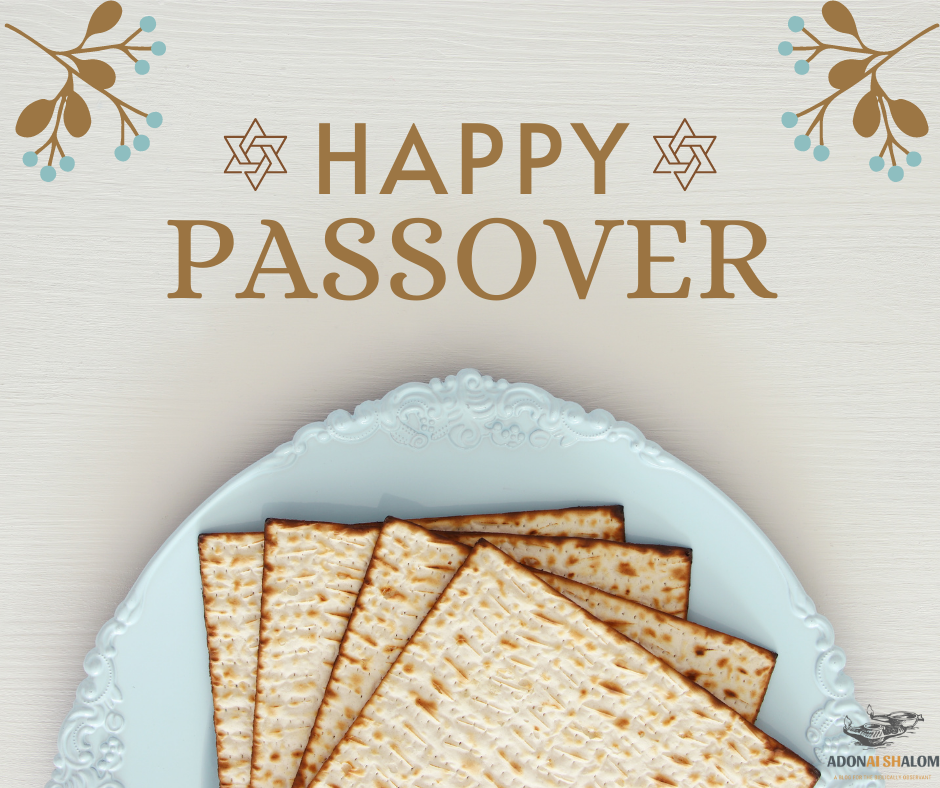
Some suggestions for a simple Passover meal
- Set a simple table setting. Use a table runner or tablecloth that you already have. There’s no need to go out and spend extra money (especially with all the inflation right now). Some people like to use a blue runner that reminds of the Red Sea. Be creative! I have an Amazon link below for the table runner I bought this year. (I’m an Amazon associate and I do get a small commission if you decide to buy something, but it won’t cost you extra)
- Don’t have a seder plate? You honestly don’t need one. Use any large platter, and just put each symbolic item on there. We choose not to use the boiled egg because of its similitude to Easter’s fertility symbology. We do have a seder plate which does make it seem special.
- Make a simple grocery list ahead of time. If you would like to use the traditional seder meal items, you will need a package of matzah (unleavened bread), parsley, apples, horseradish, and a shank bone, if you can find one. There are a million different versions of charoset, but here is one recipe I’m considering trying this year. Charoset is designed to remind you of the mortar used by the Israelite slaves. Decide what your main dish will be, and get everything a few days before Passover so you don’t have to worry about it. I usually find matzah at local grocery stores like Kroger/PickNSave or Publix. If you need it in bulk for a congregation, Amazon sells it that way, too.
- Plan when and how you will pray and read Scripture. We love to sing many of the traditional songs, like Dayenu and Eliyahu haNavi. Focus on the continuity of the Gospel, that salvation has come!
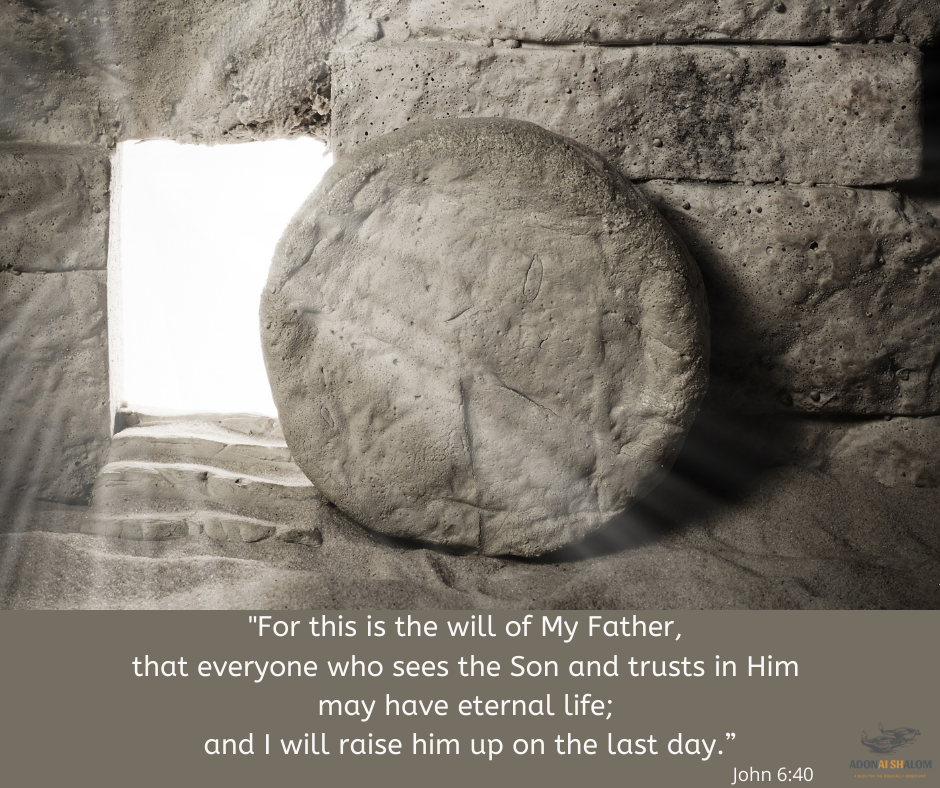
Do our Passover observances as followers of Messiah Yeshua (Jesus) differ from that of traditional Judaism?
Some time I will write about the significance of each aspect of the traditional seder meal.
As followers of Messiah Yeshua (Jesus Christ), we are able to understand the seder in a more profound way than a nonbeliever. We can see the parallels between the striped and punctured matzah and His bruised and broken body. We can observe that the 3 pieces of matzot represent the unity of the Godhead – the Oneness of Elohim. The seder meal consists of 4 cups of wine. Our Savior drank the cup of judgment/deliverance for us – we do not partake of this. He will drink the fourth cup – the cup of praise and ultimate redemption with us, in the Kingdom.
We have a significant difference in terms of the understanding of Yom HaBikkurim, the Day of First Fruits. You see, this refers to the glorious day of the Resurrection!
Unbelievers certainly would not value the significance of Resurrection Day, but we should be testifying to Jewish people who do not yet know their Messiah that He has fulfilled this important feast!
I long to travel to Israel just to see that empty tomb with this sign on the door: “He is not here – for He is Risen!”
You see, I was raised in a pluralistic environment. I was taught the lie that Jesus was no different than Mohammed or Buddha, and I believed it for a long time.
But you see, you can go visit Mohammed’s tomb.
Same with the Buddha.
Their remains are marked at their burial place.
But if we go to visit the tomb of Messiah Jesus. . . there is no body there. No remains.
For He is not there! He is Risen! He is Alive!
Our Passover observances are filled with this great joy!
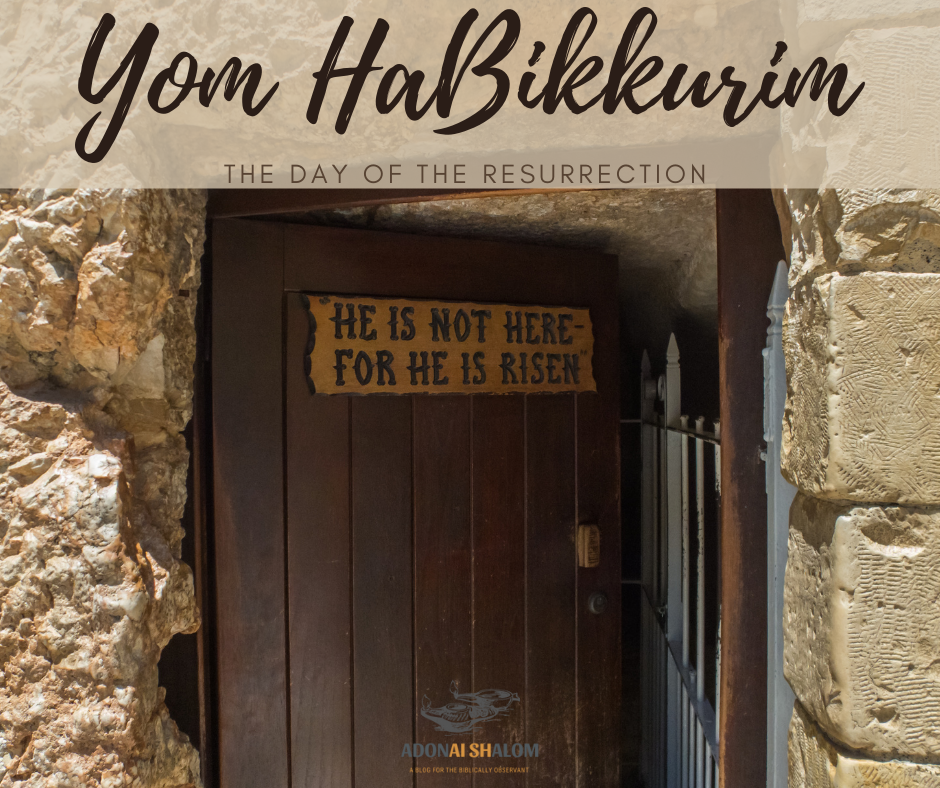
I’ve seen some churches hold seder meals that seem kind of solemn. That is totally the wrong way to go about it.
Passover is a true celebration of freedom and salvation!
It should be joyful!
Give joyous witness to the fact that our Savior lives. Just like the early believers went to tell everyone what they had seen and heard, may you be inspired to do the same. Reach out to your friends, family, and neighbors with the Good News of the Resurrection of our LORD!
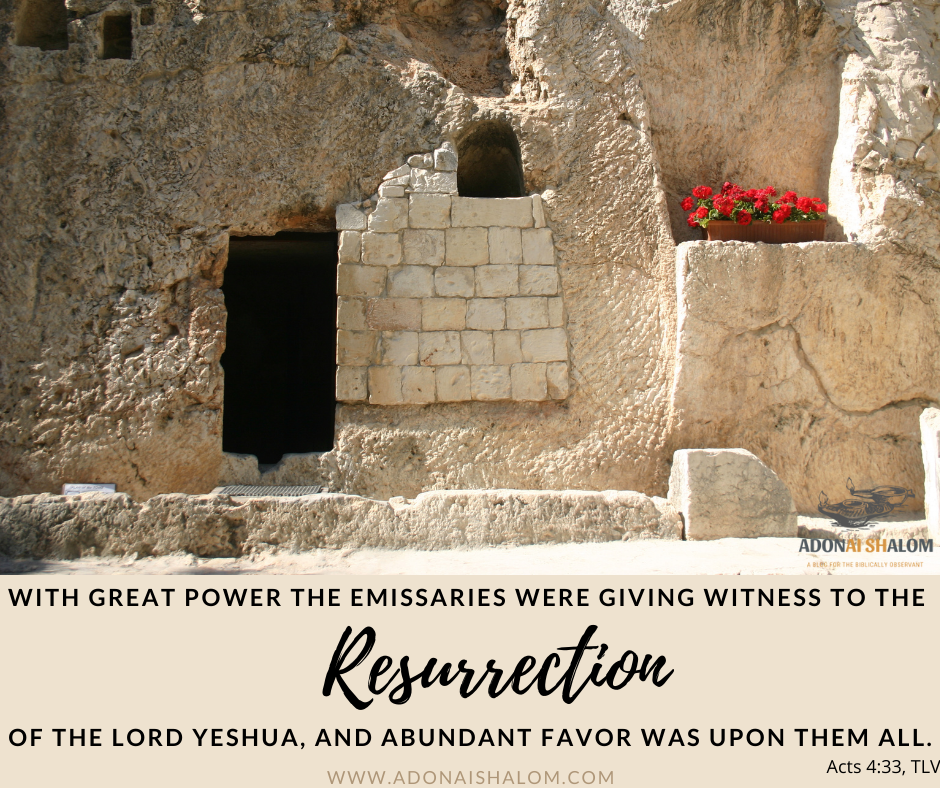
How will you be celebrating Passover this year? Leave a comment below, and subscribe to our monthly newsletter! Shalom, and Chag Pesach Sameach (Happy Passover!)